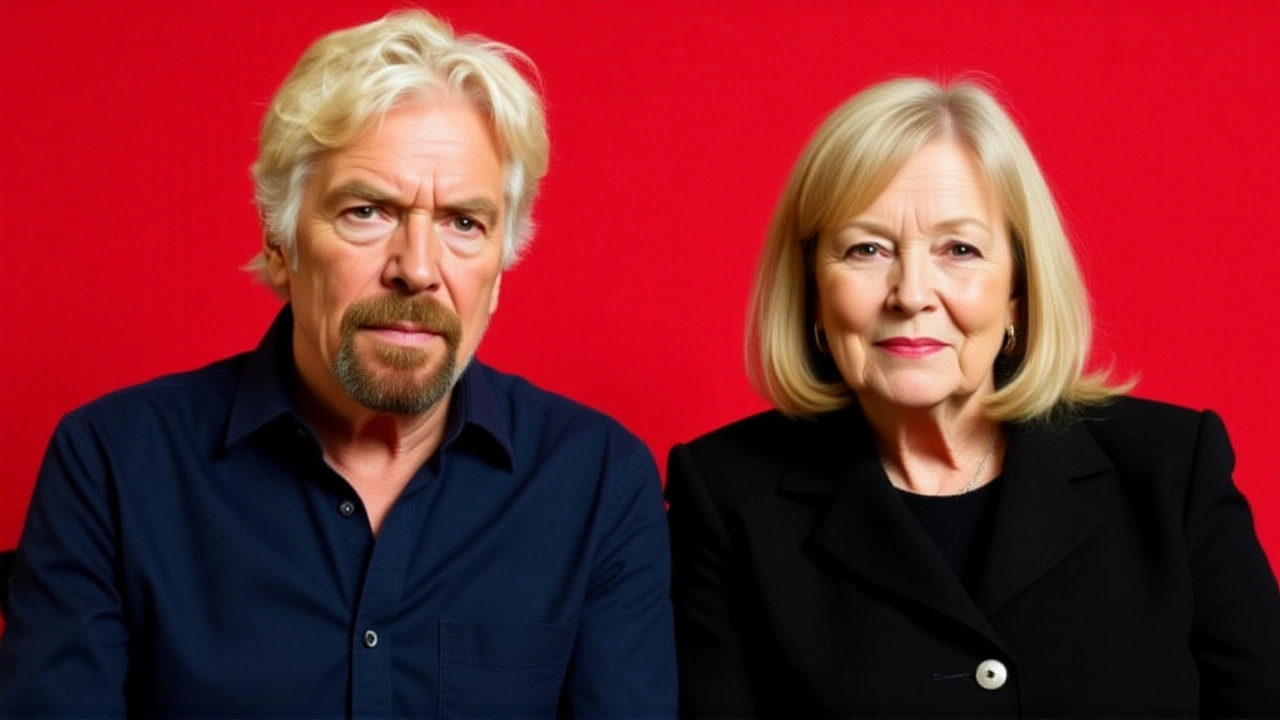For decades, society has treated the teenage years as the defining window of adolescence — but new science says that’s only the beginning. A landmark study published in Nature Communications on Tuesday, November 25, 2025, reveals that the brain doesn’t fully mature until the early thirties, reshaping how we understand human development, mental health, and even education policy. Led by neuroscientist Dr. Alexa Mousley at the University of Cambridge, the research analyzed brain scans from 4,000 individuals to map five distinct phases of neural development across the lifespan — with the most surprising revelation: adolescence isn’t over until age 32.
The Brain’s Five Lifespan Phases
The study identified turning points at ages 9, 32, 66, and 83, each marking a shift in how brain networks are wired. Childhood (birth to age 9) is when the brain builds its foundational architecture — hubs, small-world networks, and modular organization emerge, culminating in a cognitive leap at age nine. But here’s the twist: that leap doesn’t mean maturity. Instead, it’s when vulnerability to anxiety, depression, and eating disorders begins to spike. The brain is still under construction.
Then comes adolescence — not from 13 to 18, but from 9 to 32. During this extended phase, white matter continues to grow, refining communication between brain regions. Think of it like upgrading from dial-up to fiber optic, but slowly, over two decades. The researchers found that the brain’s wiring becomes more efficient, but also more fragile. That’s why so many mental health disorders first appear in late teens and early twenties — the system is still being rewired, and stress can derail it.
"While puberty offers a clear start," Dr. Mousley said, "the end of adolescence is much harder to pin down scientifically. Based purely on neural architecture, we found that adolescent-like changes in brain structure end around the early thirties."
Age 32: The Brain’s Strongest Turning Point
Here’s the real shocker: age 32 isn’t just another milestone — it’s the brain’s most dramatic shift in its entire life. At this point, the study found the largest directional change in neural connectivity, more significant than any other transition — even the jump from childhood to adolescence. After 32, the brain stabilizes. For the next 34 years, from age 32 to 66, structural changes essentially pause. Intelligence and personality traits plateau. This isn’t stagnation — it’s consolidation. The brain has built its core systems and is now maintaining them.
"We used to think adulthood was just a long stretch of being done growing," said Dr. Mousley. "Now we see it’s a quiet, stable phase — and that stability is what makes us capable of complex decision-making, long-term planning, and emotional regulation. But it’s also why people in their forties and fifties often say they feel like "themselves" for the first time. Their brains have finally settled."

From Midlife to Late Aging: The Slow Unraveling
At 66, the brain enters its first noticeable decline. White matter begins to degrade. Networks that once communicated efficiently start to disconnect. This phase, lasting until 83, is marked by increasing "segregation" — brain regions become more isolated, less integrated. It’s not just aging; it’s a structural reorganization that mirrors the reverse of adolescence. The brain is losing its ability to coordinate across regions, which may explain why memory and processing speed begin to slow.
After 83, the final stage begins — a period of profound network breakdown. This isn’t dementia, but it’s the biological backdrop that makes dementia more likely. The study found that the same wiring patterns that made adolescence vulnerable to mental illness now make late life vulnerable to neurodegeneration. "The brain’s architecture doesn’t just develop — it deteriorates along the same lines," Dr. Mousley explained. "It’s not random. It’s predictable."
Why This Changes Everything
For educators, this means high school and even college students may still be in a neurologically adolescent state — struggling with impulse control, risk assessment, and emotional regulation not because they’re "lazy" or "entitled," but because their prefrontal cortex is still being rewired. Extending support services into the early thirties could prevent long-term mental health crises.
For employers, it suggests that leadership roles shouldn’t be reserved only for those over 40. People in their late twenties and early thirties may be making decisions with brains still in flux — not because they’re inexperienced, but because their neural architecture hasn’t stabilized yet. The same logic applies to legal systems: should 18-year-olds be tried as adults if their brains are still developing until 32?
And for healthcare, this is a blueprint for prevention. If we know when the brain is most vulnerable — at 9, 32, and 66 — we can time interventions. Early screening for mental illness at age 9. Cognitive resilience programs in the early thirties. Neuroprotective strategies in the mid-sixties. "We’ve been treating brain health like a one-size-fits-all," Dr. Mousley said. "Now we have a map."

What’s Next?
The researchers plan to track the same 4,000 individuals over the next decade to see how lifestyle factors — sleep, diet, stress, exercise — influence these turning points. Early data suggests that people who exercise regularly and maintain strong social ties show slower white matter decline after 66. The next phase of the study will also explore whether these phases vary across cultures, socioeconomic groups, or neurodivergent populations.
One thing is clear: we’ve been measuring human development with the wrong clock. The brain doesn’t mature when we get a driver’s license or graduate college. It matures when its wiring settles — and that happens in the early thirties. Until then, we’re still building.
Frequently Asked Questions
How does this change how we treat teenagers and young adults in schools and workplaces?
If adolescence extends until 32, then 22-year-olds aren’t "fully formed adults" neurologically — they’re still in a high-vulnerability phase. Schools and employers should adjust expectations: more mental health support, flexible deadlines, and reduced pressure for perfection. A 25-year-old struggling with anxiety isn’t failing — their brain is still wiring its emotional regulation systems.
Why does the brain remain vulnerable to mental illness until age 32?
During adolescence (9–32), the brain prioritizes learning and social adaptation over stability. The reward system is hyperactive, while the prefrontal cortex — responsible for impulse control — is still maturing. This creates a perfect storm for depression, addiction, and psychosis. The same wiring that helps teens learn quickly also makes them prone to emotional crashes.
Does this mean people over 32 are less creative or adaptable?
No — it means their brains are optimized differently. After 32, the brain trades flexibility for efficiency. Creativity doesn’t disappear; it shifts from exploratory to strategic. Many breakthroughs in science, law, and leadership occur in the 40s and 50s, when the brain has the stability to synthesize complex ideas. Adaptability isn’t lost — it’s refined.
Could this research help prevent dementia?
Absolutely. Since white matter degradation begins around 66, early interventions — like managing blood pressure, reducing inflammation, and increasing physical activity — could slow the process. The study suggests that brain health is a lifelong project. What you do in your 20s and 30s may determine how resilient your brain is in your 70s.
Are these findings applicable to everyone, or just the study participants?
The study included a diverse sample across socioeconomic backgrounds, but more research is needed on neurodivergent populations and global cohorts. Early indications suggest the phases are universal, but timing may vary. For example, chronic stress or malnutrition could accelerate decline, while enriched environments might delay it. The framework is likely universal — the timeline may not be.
What’s the next step for this research?
The Cambridge team is now tracking how lifestyle factors — sleep, diet, exercise, and social connection — influence each turning point. They’re also comparing these patterns in people with ADHD, autism, and early-onset dementia. The goal? To turn this map into personalized brain health strategies — not just for kids, but for every stage of life.



